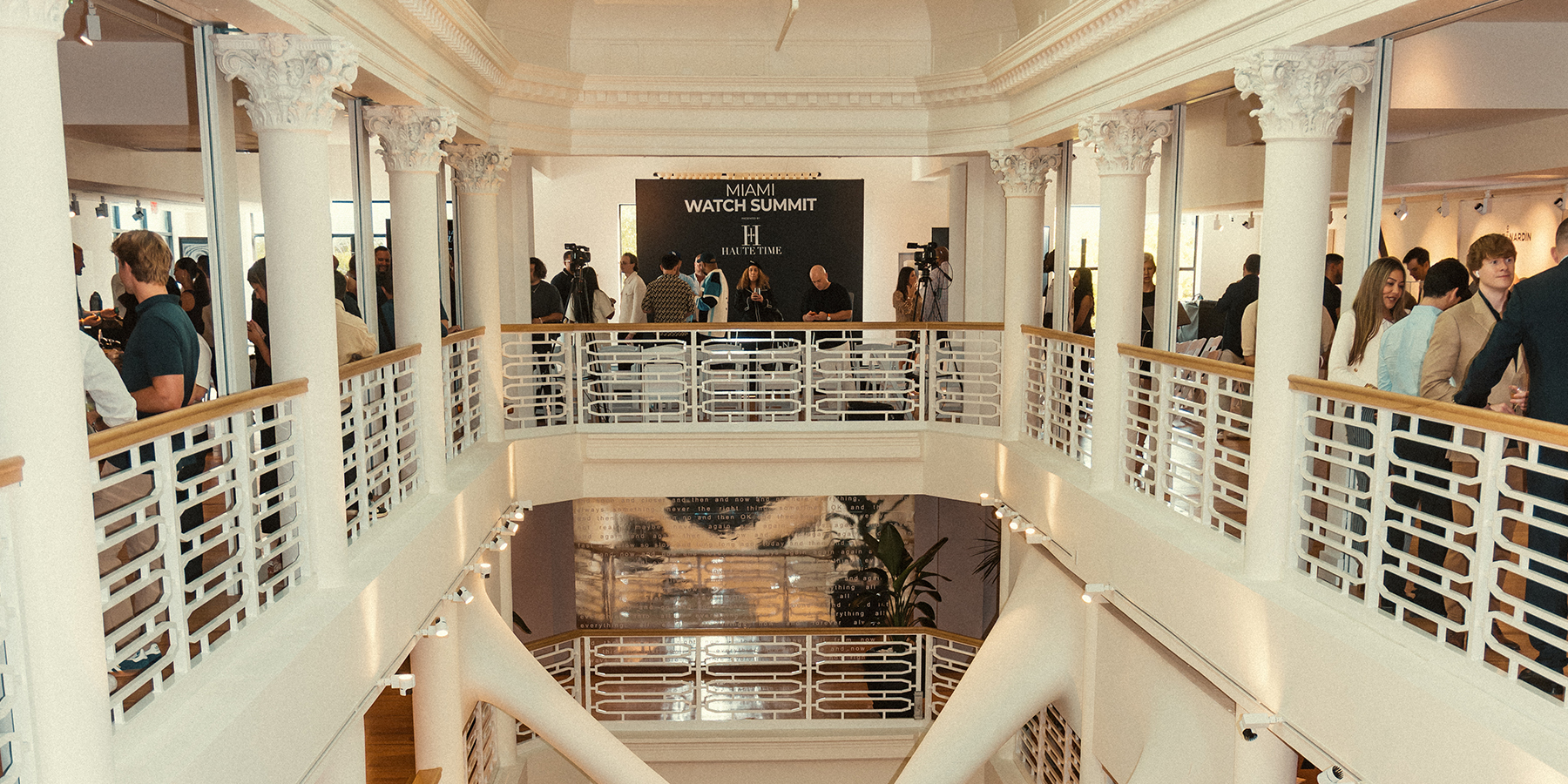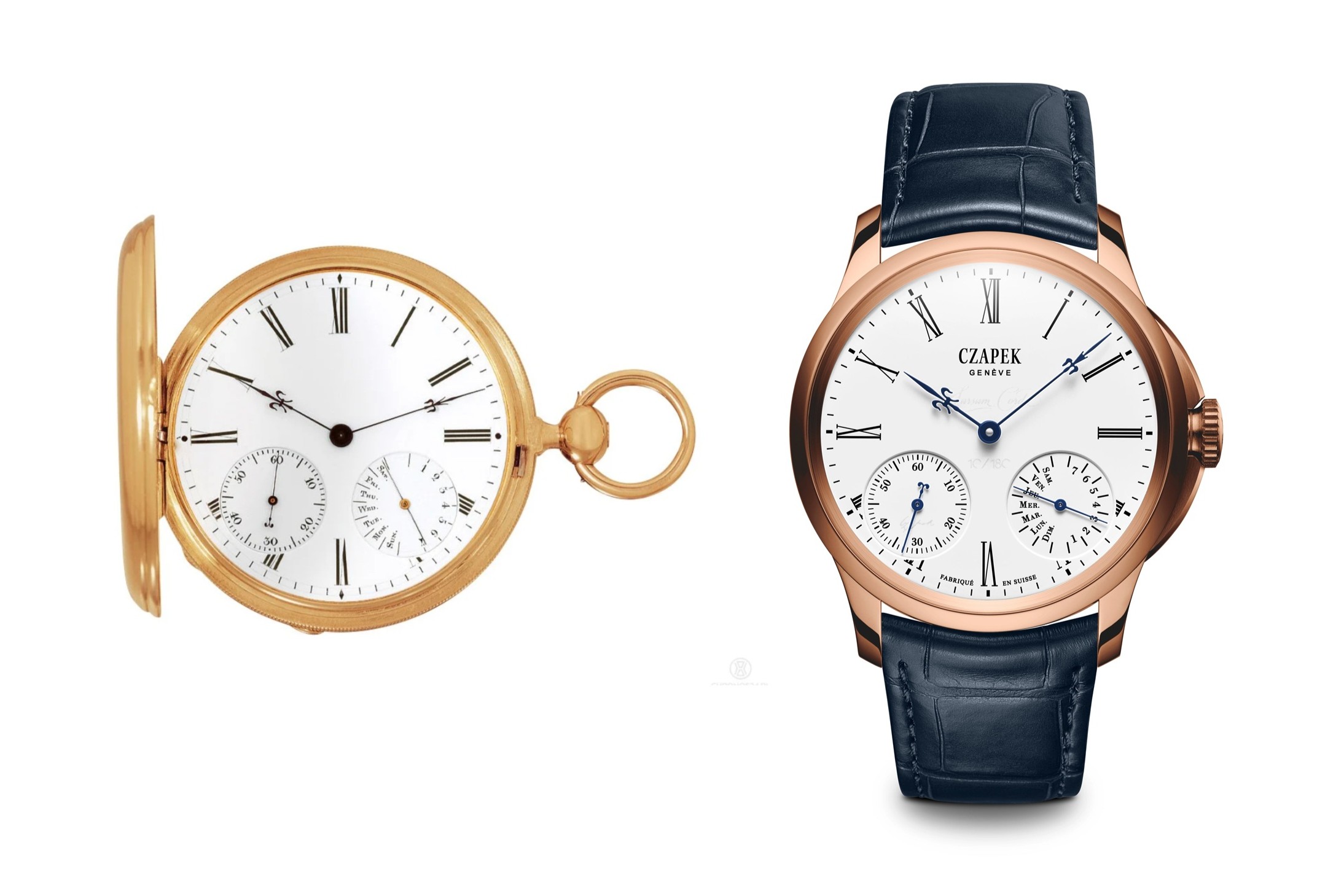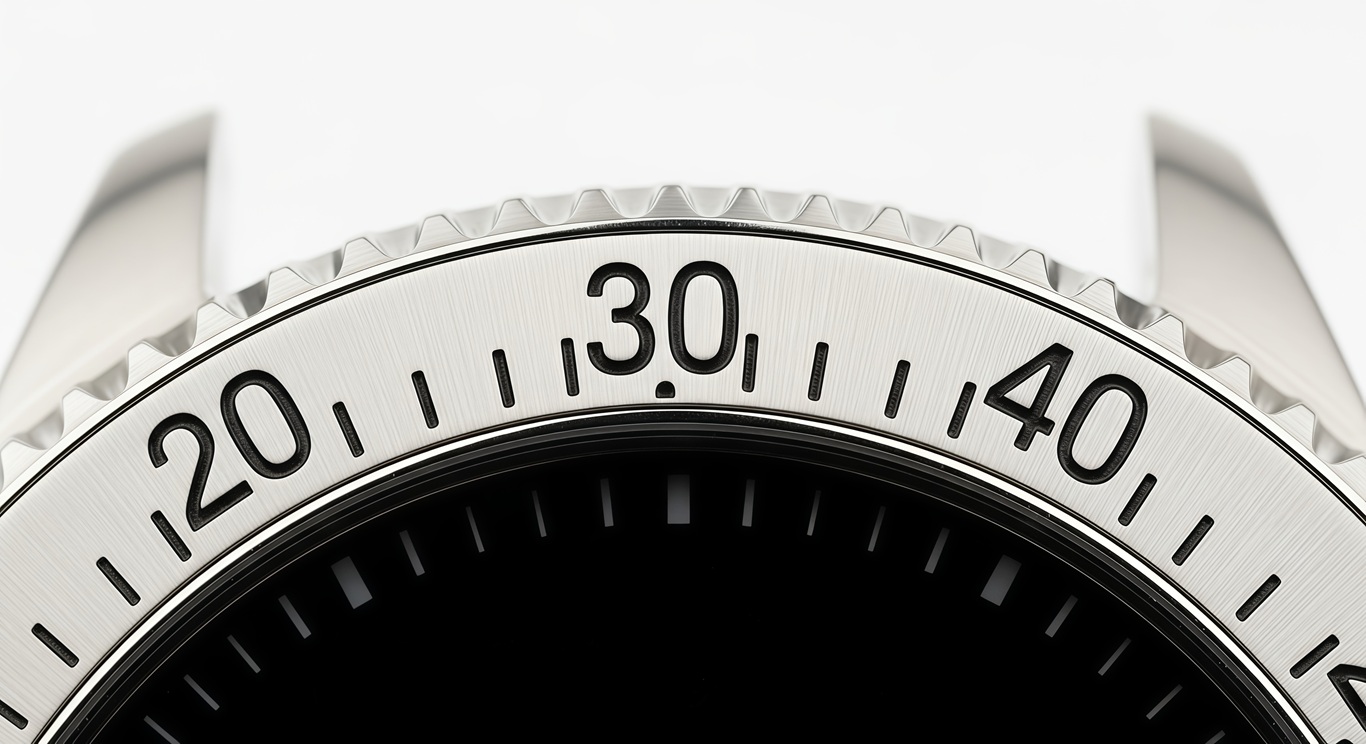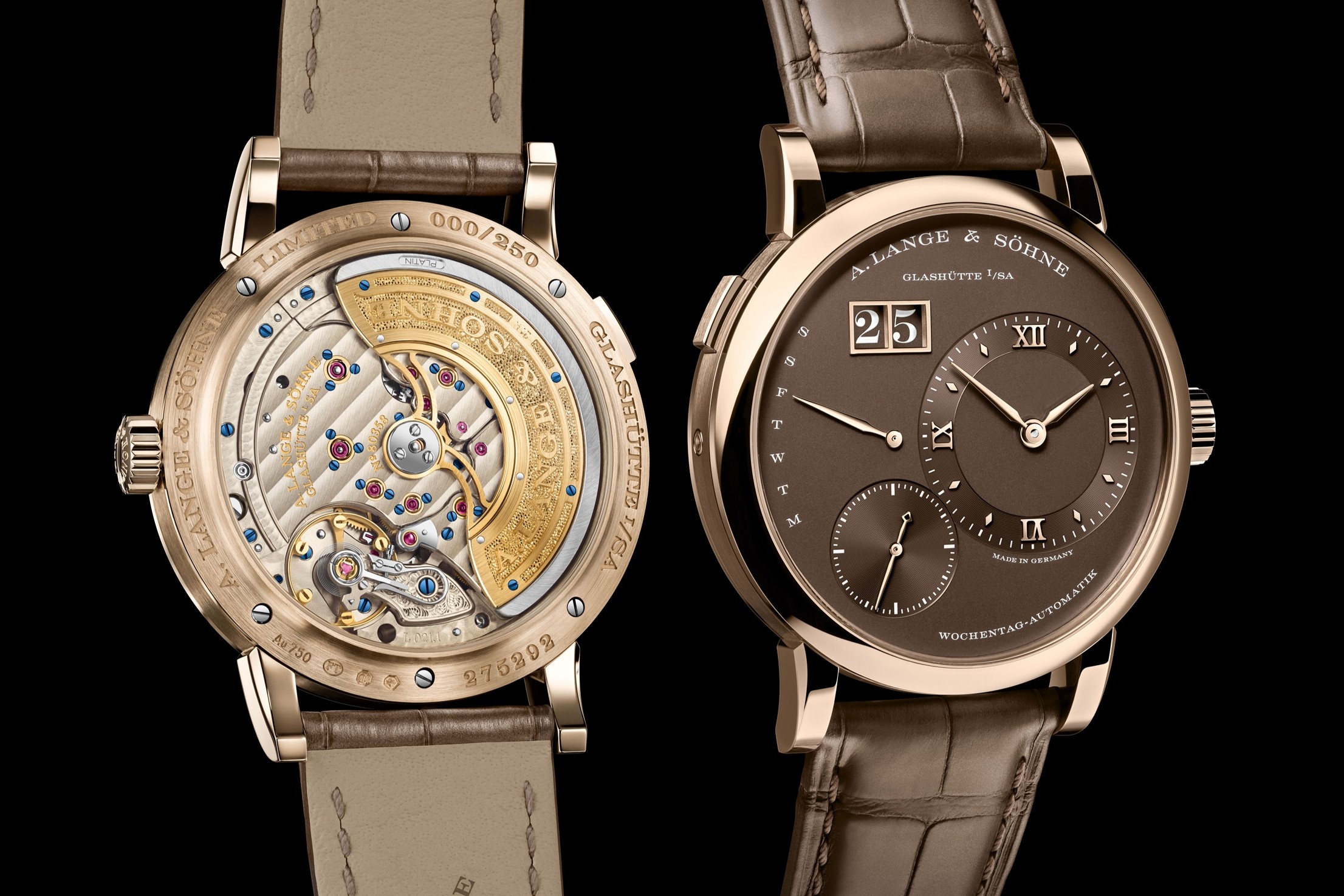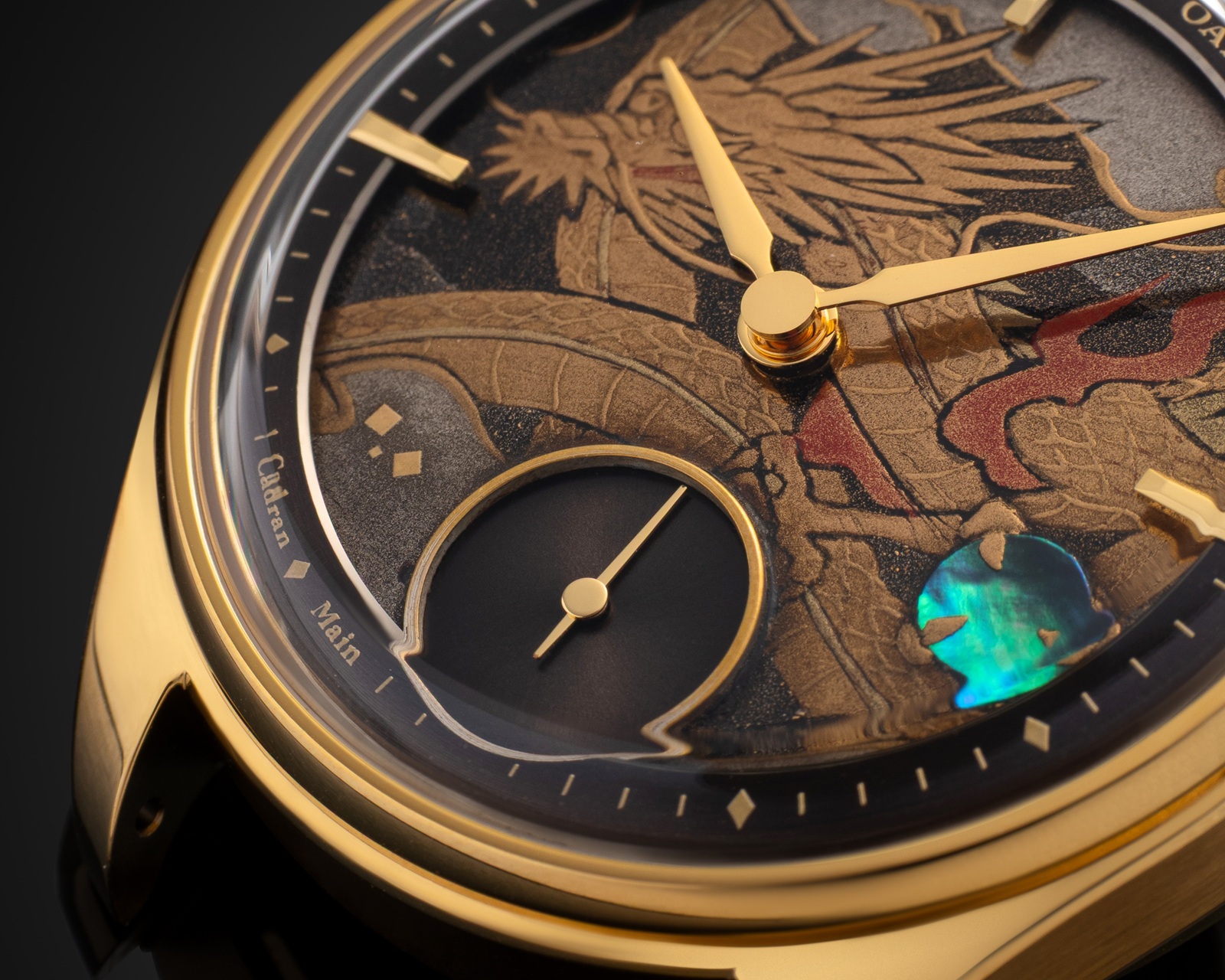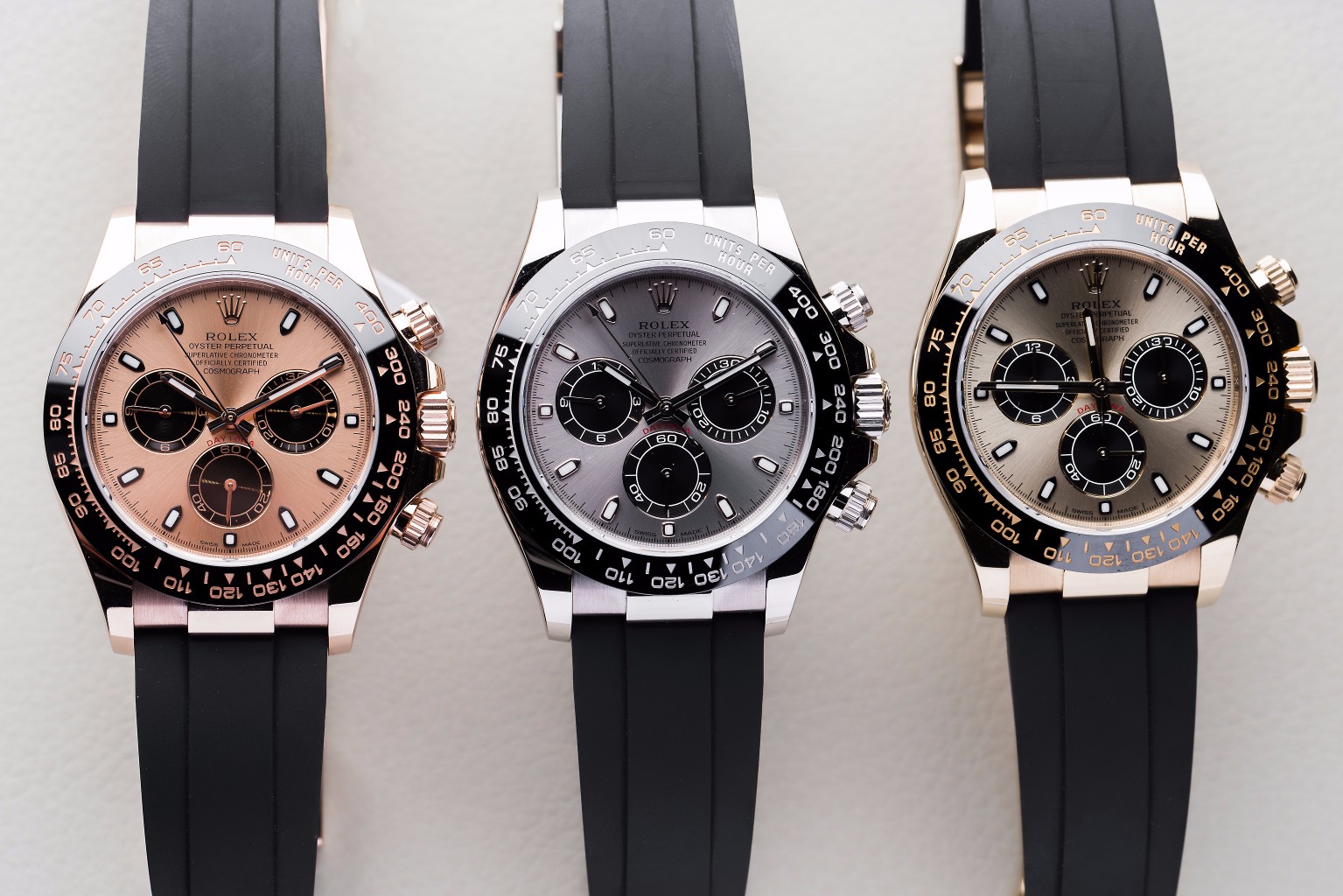
“He Who Does Not Have His Rolex By The Age Of 50 Is A Failure.”
The final round of the French presidential election to take place this Sunday has stirred up memories of former French President Nicolas Sarkozy and the “Rolex watch affair”.
Flashback: February 13, 2009. On national television, French advertising mogul Jacques Séguéla defends his friend and then President Sarkozy, heavily criticized for: dining in expensive restaurants, cruising around the Mediterranean on his friend’s yacht, flaunting Ray Ban mirror sunglasses and… wearing a Rolex watch. To put this into context: 1. in 2009 France experienced its worst recession since the end of World War II, and 2. the French are reputed to be envious people.
So, when Séguéla replied “How can you reprimand a President for having a Rolex? “Everyone has a Rolex! If by the age of 50 you don’t own a Rolex, you’re a total failure!” it created an uproar.

Séguéla later said that what he meant is “Life is a dream, we should dream about everything, and Rolex is a symbol, a cult object that we all want to have.”
And herein lies the question that some of us have asked ourselves about Rolex watches. Do we really want to have an object, however cult, that everyone else wants? My final answer is “Yes!” and here’s why.

In the collective memory, Rolex watches are associated with the high performers who wear them, thanks to the successful testimonial campaign initiated by Rolex in 1927, when Mercedes Gleitze swam for 10 hours in the English Channel to prove the hermetically sealed quality of her Rolex Oyster. Since then, generations of explorers, artists, and athletes have endorsed the brand, attesting to its excellent performance and precision. And while a non-conformist will, by definition, rebel against a universally desirable product to satisfy his free-thinking “uniqueness”, there is certainly at least one testimonee that will appeal on an emotional level, the key to getting under our skin and onto our wrist.

Rolex watches are equally associated with gold bracelets, and often yellow gold, which, while highly-coveted by many, may be perceived by some as ostentatious when used for a bracelet. Until that is, they understand that with the history of the Rolex Oyster, the choice of a metal bracelet in gold and /or steel was a necessity to replace the original leather ones that had little or no resistance to water. And since then, always in advance, Rolex has developed its own exclusive 18K yellow, white and Everose gold alloys – a privilege of having its own foundry since the early 2000s. These, along with the Rolesor combinations, and the patented elastomer Oysterflex bracelet introduced in 2015, are perfect for those who prefer a more discreet look.

Which brings us to patents. Rolex has registered more than 400 of them over the course of its history, including the first airtight, waterproof watch, the Rolex Oyster in 1926, and the first self-winding system for wristwatches in 1931, the “perpetual” Oyster. Ongoing research, patented materials, and quality controls contribute to making this brand one of the most respected in the world. As one example, James Cameron took the experimental Rolex Deepsea Challenge divers’ watch down to 10,908 meters below sea level in the Pacific Ocean as part of the Deepsea Challenge expedition. They both surfaced safe and sound.
And last but not least, simply have a good look at these beauties we are showing you here! The 2017 Rolex collection is gorgeous, and even for someone with normally reserved tastes, the Oyster Perpetual Yacht-Master 40 with a multicolour gem-set bezel is superb on the wrist.
As for Jacques Séguéla’s initial statement that triggered the outcry, to take it at face value would be misinterpreting the reaction of an advertising professional renowned for his powerful slogans, defending a friend. What is undeniable is the tremendous success of Rolex watches, and I think, for reasons outlined above, owning a Rolex, at any age, can be a great source of personal satisfaction, one of many aspects of a successful life.
 SIGN UP
SIGN UP



